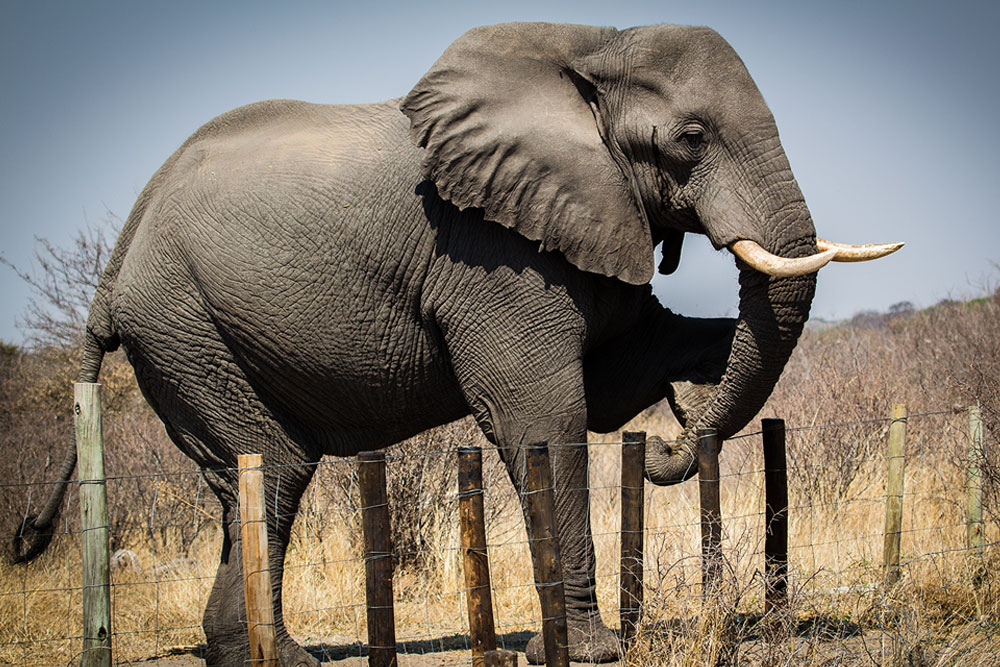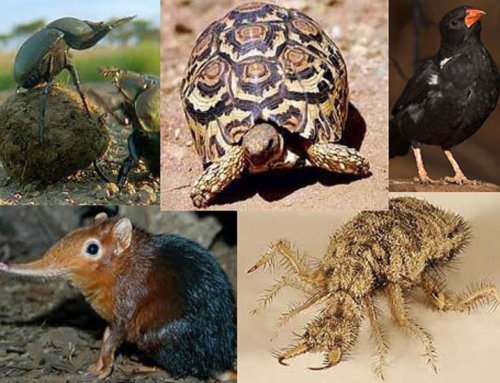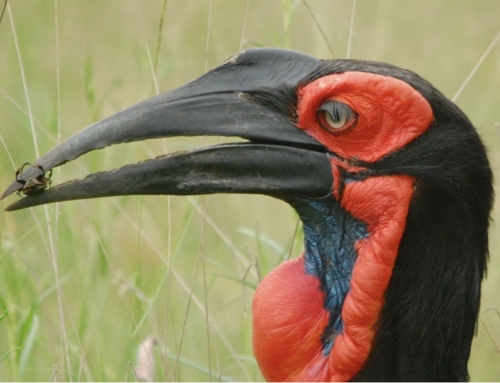Humane Ways To Keep The Peace Between Humans And Elephants
by Jonathan Hemmings
The news that Botswana has lifted its ban on hunting elephants has brought the topic of effective methods of mitigating human-elephant conflict and other conflict between wildlife and humans to the fore. The president of Botswana, Mokgweetsi Masisi, has justified the lifting of the ban on elephant hunting in Botswana by saying that there are now too many elephants in Botswana, and the population of elephants needs to be reduced. Taken further, the implication of such a statement is that more elephants in an area mean increased conflict between elephants and humans. Is killing large numbers of elephants, however, really the best way to manage conflict between elephants and people?

Human-elephant-conflict (hereafter referred to as HEC) is a pressing issue for conservationists, wildlife managers and local populations who live close to national parks and areas of wilderness where elephants roam in Southern Africa. Elephants occasionally raid fields and ravage local farmers’ crops, and have been known to kill people who get in their way. Unfortunately, farmers then kill or maim elephants in retaliation. However, whether it is done by irate farmers or wildlife authorities who believe in outdated colonial policies, recent research based on lessons from the last 15 years on HEC mitigation has indicated that killing problem elephants who raid crops does nothing to deter other elephants from returning to the same area and continuing this behaviour.
At Alexandra’s Africa, our commitment to sustainability, upliftment of communities who live near national parks, and the preservation of this region’s precious ecology means that we support methods of mitigation of HEC that provide the best outcomes for both people and elephants.
Is it possible to deter rather than kill so-called “problem” elephants? Proponents of elephant hunting and culling say no … but the fact is, there are a number of alternatives to simply killing elephants when it comes to managing HEC. A number of these alternatives originated in India and Southeast Asia, where HEC involving rural communities and Asian elephants has been ongoing for many decades.
Deterrant methods
Aside from the more commonly used methods such as fire, sounds and harming elephants, deterrant methods fall in to two categories – physical (fencing, bees, chilli) and policy/governance mitigation. Lets take a look at these:
Fencing
The simplest and most effective – but often costliest – option to prevent elephants from getting into farmers’ fields and wreaking havoc with crops is fencing. In certain instances, it has been shown that a well-constructed fence can reduce crop raiding by up to 90%. The problem is, of course, sturdy fences, constructed to the size and strength necessary to keep elephants out (or in), are expensive, and electric fences (the most effective barrier) even more so.
Bees
Research work in Kenya suggests that using African Honey Bees (Apis Mellifora) as a deterrant is feasible for smaller farmers, and offers the benefit of secondary production of honey that can be sold by the farmers. We have also seen examples of this on our Limpopo Explorer Safari in the Tuli Block are of southern Botswana where researchers are actively working with local communities to promote this method of incorporating bee hives in to fencing. The challenges to this method are the localised area of impact being quite small (around the hive), getting the bees to settle into the hives, and the inactivity of bees at night.
Chilli
A simpler, cheaper and very effective alternative to huge, sturdy elephant-proof fences are “chilli” fences. The concept of the chilli fence was developed by Cambridge-educated zoologist Loki Osborn in the early 2000s. Elephants are extremely sensitive to chilli powder, and will avoid it at all costs as it severely irritates their sensitive trunks. Instead of erecting a 3-metre-tall steel fence, farmers can simply string up a few wires coated with chilli-infused grease, with chilli-coated rags hanging at regular intervals – an effective elephant deterrent. This effective use of chilli as a deterrant is described in this article on chilli fences written by the maraelephantproject.org
An interesting extension of this concept comes in the form of chilli bombs which are made from the elephants’ own droppings. The droppings are dried, infused with chilli powder, and then, when elephants are nearby, the “bombs” are burned, giving off a pungent, eye-wateringly spicy smoke that quickly drives the pachyderms away. This method is explored further here in this article on using chilli bombs to protect elephants and farmers in Namibia written by the World Wildlife Organisation.
Policy & Governance
These methods focus on forms of compensation which have been adopted by many countries challenged by HEC. However as with all the above methods there are examples of where this works as well as where this hasn’t. Challenges to this method are for example: this doesn’t reduce the HEC problem, compensation reduces incentive for self-defence and could exacerbate the problem, compensation cannot address the social ‘opportunity cost’ borne by farmers impacted by HEC, the value of the payout compared to the loss.
Pulling this together
Recognising the complexity
As with many management situations – there is rarely one answer, and effective solutions depend on local, regional and national conditions, cultures, beliefs, environmental conditions, and politics. Also methods to mitigate HEC are often constituate a complex package of disparate methods used flexibly. What we do know however is that over the last 15-20 years, the focus on HEC and all the associated research means tremendous progress has been made and we now understand far more about HEC and the management of it – which will be as much of an art and a political challenge – as it is a science.
More value alive than dead
Finally, one of the best methods to convince local communities that elephants are more valuable alive than dead is to provide them with an incentive to believe this. That is why we at Alexandra’s Africa believe in supporting local communities on our safaris; showing them that tourists who, want to see the local wildlife alive and protected, means profit and prosperity for their communities, is a fantastic way to ensure that they choose to protect elephants rather than see them as enemies.

Wildlife Management & Alexandra’s Africa Safaris
Alexandra’s Africa is a niche independent Safari company offering sustainable, eco-cultural safaris in southern Africa to adult travellers. These safaris combine wildlife viewing in premier game reserves, with magnificent landscapes, fascinating art, and an immersion into local cultures, legacies and legends into one uniquely crafted, authentic and very personal and safe safari experience. For more about our Safari – please contact us here: alexandrasafrica.com/contact
Wildlife and Conservation management in our (Alexandra’s Africa) area of operation in Southern Africa represents a significant challenge but also many opportunities, not least through tourism. There are also significant social consequences and the organisations represented in this blog are doing great work to try to progress this ethically and responsibly and to support those who are impacted. We recognise this 👏👏👏 and have necessarily and hopefully helpfully drawn attention to it in this post.
Written by Jonathan Hemmings
Alexandra’s Africa is a local independent, niche Safari Tour Operator based in the New Forest in Hampshire, offering a range of small-group Hosted Safaris, Tailored Safaris and Conservation Experiences. For information or to contact: W: alexandrasafrica.com or T: 02382 354488 or E: alexandra@alexandrasafrica.com.
Further Reading:
A very interesting article on this topic is here:
https://www.theatlantic.com/science/archive/2017/11/elephant-trophy-hunting-psychology-emotions/546293/







